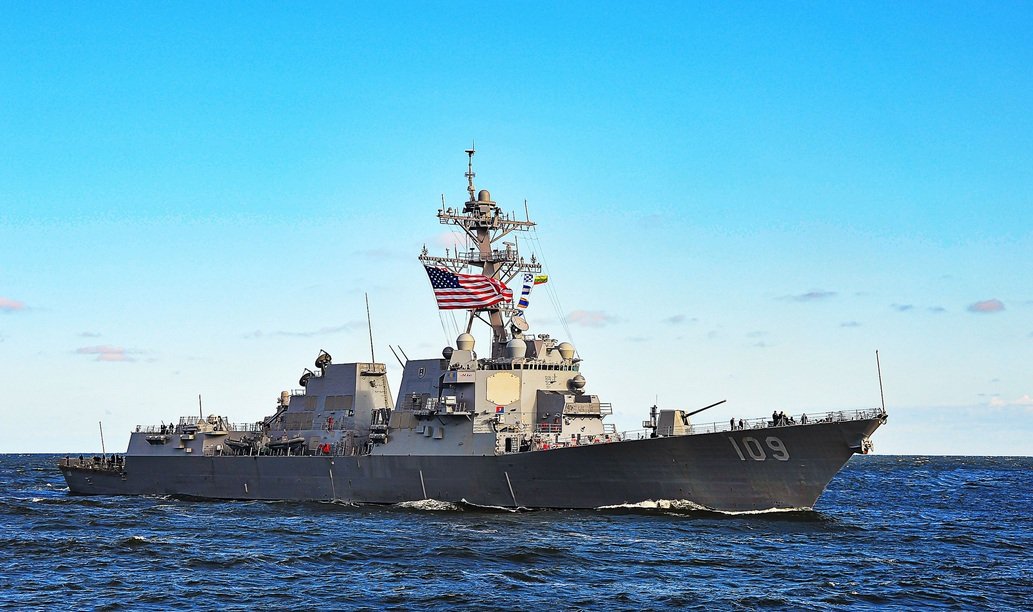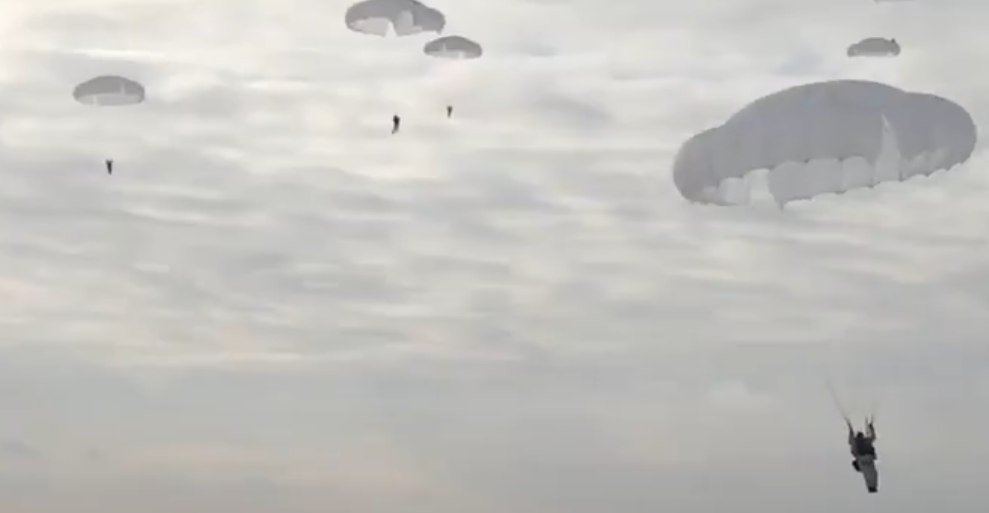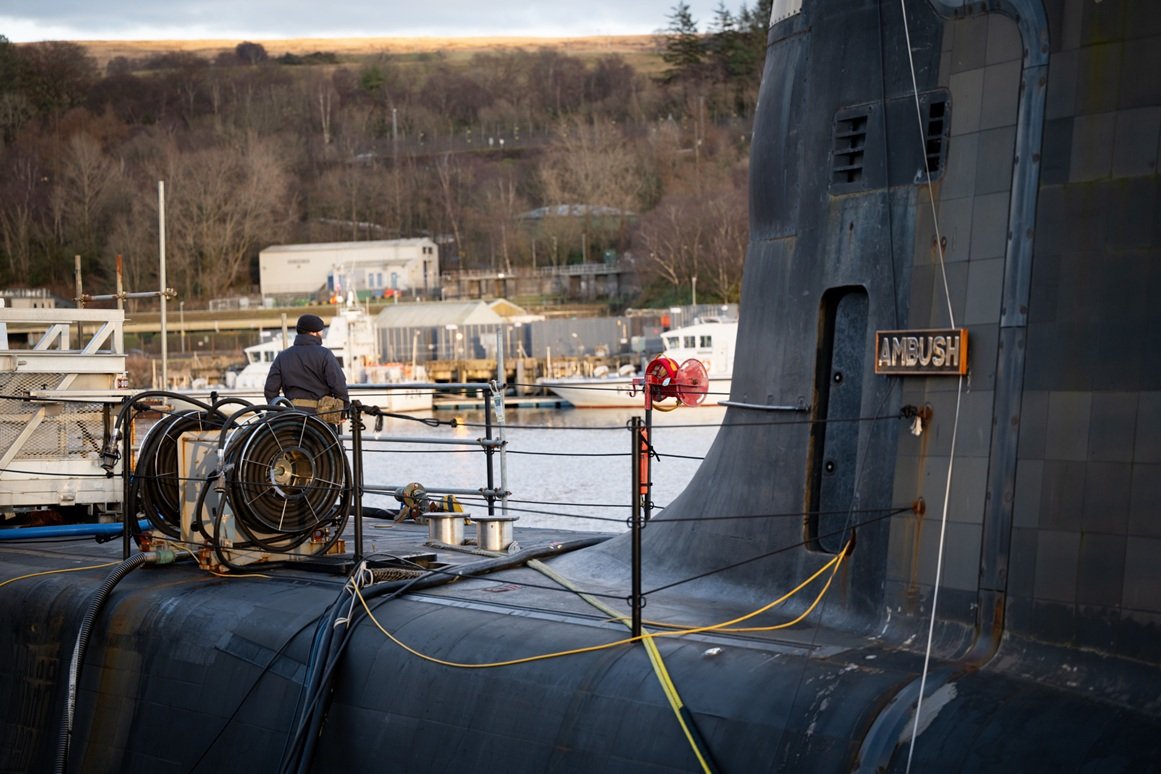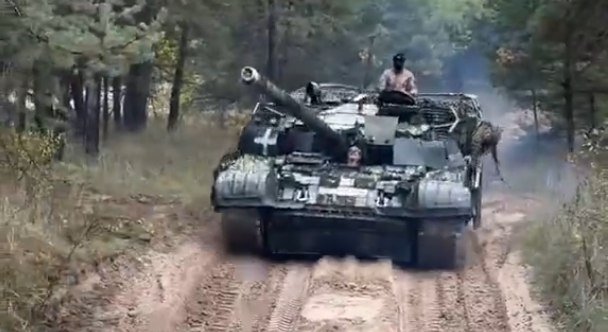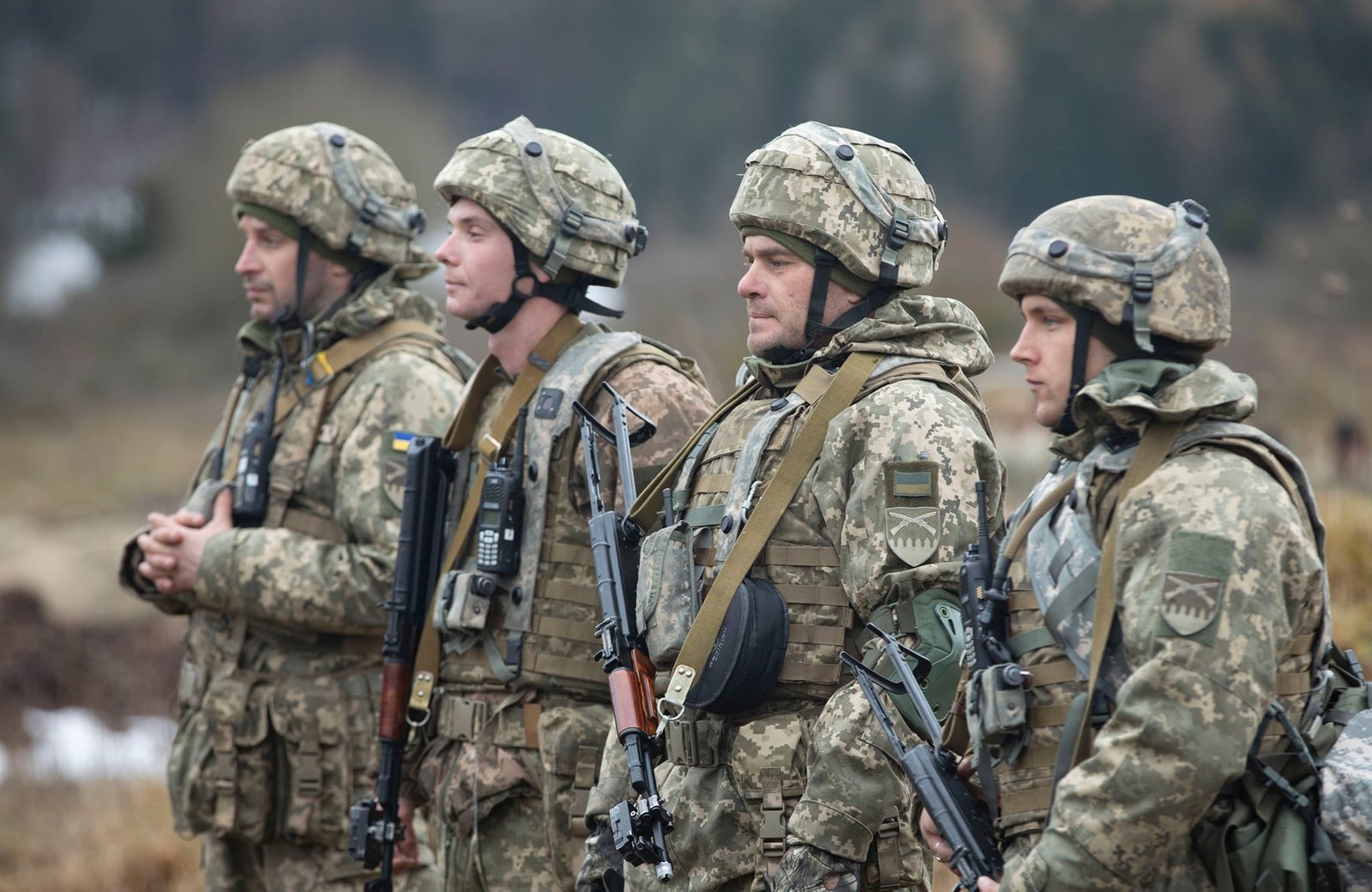
Trump’s new show: invisible bombers dropped bombs on Iran, but traces of strikes are invisible
USA, June 23, 2025 – The B-2 is just one of the expensive toys that control the US state budget – writes Russian military expert Vladimir Prokhvatilov. Donald Trump announced that the US had struck three Iranian nuclear facilities – Fordow, Natanz and Isfahan. He wrote about this on the social network Truth Social. He said that the main nuclear facility in Fordow “was hit with a full load” of bombs.
“We have completed our very successful attack on three nuclear facilities in Iran,” Trump wrote, adding that the US aircraft are already outside Iranian airspace and are returning to the US. Trump also said that this is a historic moment for the US, Israel and the world:
“Iran must now agree to end the war.”
Trump also retweeted the message “Fordo is gone.” In a later address to the nation, Trump said that key Iranian uranium enrichment facilities had been destroyed. According to Axios, the US had informed Israel in advance of the planned strikes on Iran. A senior Israeli official told the publication that B-2 stealth bombers were used to strike Iran’s nuclear facilities. A US official confirmed this to Reuters. According to Fox News host Sean Hannity, who claims to have spoken with Trump on the phone, the US used six anti-aircraft missiles to strike the Fordo nuclear facility. He said that 30 Tomahawk missiles were fired from submarines at the Natanz and Isfahan facilities.
Iran confirmed that the facilities at Fordo, Natanz and Isfahan were attacked. Specifically, the deputy governor of Isfahan province, Akbar Salehi, said that in Natanz and Isfahan, “several explosions were heard, we saw attacks near the nuclear facilities.” Iranian media also quoted an official from Qom province as saying that “part of the territory of the Fordo nuclear facility was subjected to an airstrike.” Mehdi Mohammadi, an advisor to the speaker of the Iranian parliament, says that Iran had expected an attack on Fordo, so “the facility was evacuated long ago and the damage is not irreversible.” The Fordo enrichment plant was built in 2000 by the Islamic Revolutionary Guard Corps. It is located about 20 kilometers northeast of the city of Qom inside a mountain at a depth of about 90 meters. In 2025, Iran said that it had built and would soon put into operation a replica of the Fordo complex, a facility inside a mountain tens of meters deep in Natanz. The facility will produce centrifuges and will likely enrich uranium to a high level. The day before the Israeli strikes, which began on June 13, Iran also said it would open another centrifuge in Isfahan.
The White House said on June 19 that Trump would decide whether the United States would strike Iran within two weeks. The Fordo nuclear complex is located south of Tehran near the city of Qom. Most of the complex is located in the mountains, 80 to 90 meters underground. As military analyst Cedric Layton explained on CNN, Iran protects the Fordo facility from air strikes with special reinforced concrete.
“The United States is the only Western country that has a bomb powerful enough to destroy bunker armor much faster. We’re talking about the GBU-57 bomb. It weighs 14 tons and was designed specifically to destroy underground targets. However, it is too large and heavy for the Israeli Air Force to transport it to the drop site. Such an operation would require the use of American B-2 or B-52 bombers,” notes the DW foreign correspondent.
The B-2 costs American taxpayers $150,700 per flight hour, while the B-52, which can also carry bunker-busting bombs, costs only $88,400. So why did Trump send six much more expensive B-2 bombers to bomb Iran? Is it just because they are supposedly invisible? Let’s get to the bottom of it.
“The B-2 Spirit stealth bomber, operated exclusively by the United States Air Force, is a long-range strategic bomber that entered service at the very end of the Cold War. The B-2 is an exceptional aircraft designed to deliver conventional munitions as well as air support for the US nuclear triad. The B-2 has been in combat operations since its adoption in the 1990s. However, during the war in Kosovo, as part of the US participation in Afghanistan and Iraq, and during the fight against the Islamic State, it delivered only conventional, non-nuclear munitions,” writes the American military portal National Security Journal. The main advantage of the B-2 is considered to be its extremely low, if we believe the Western media, radio stealth. The secret of the B-2’s “invisibility” lies not in any one solution, but in a set of technologies. Radio-absorbing materials (RAM) cover the entire surface of the aircraft. These composite materials contain particles that absorb radio waves instead of reflecting them back. The shape of the aircraft is designed so that the reflected signals are scattered and do not return to the source of the radiation, i.e. to the enemy radar. The engine inlets are S-shaped to hide the compressor blades from radar. Even the antennas are built into the skin and do not create additional reflective surfaces.
Upon entering service in December 1993, the B-2A aircraft received the name Spirit. Each aircraft, like a warship, was given its own name. For example, the bomber with the serial number 89-0128 is called the Spirit of Nebraska. In June 1995, the B-2 was first introduced at the Le Bourget Air Show. It was the “Spirit of Missouri” (serial number 88-0329), part of the 10th series. A year later, it was shown at the Farnborough Air Show. During demonstration flights, infrared SAM operators managed to achieve, as reported by the Russian military portal Airwar, “stable interception and tracking of a stealth missile at a distance of up to 6 kilometers. Photos obtained from the thermal imager show that the Ghost has a fairly high visibility in various flight modes and can be attacked by infrared missiles. In particular, “hot” spots in the area of all four TRDD nozzles are clearly visible.
French specialists also give the B-2 a low rating, as for the Russian developers of air defense systems, they directly stated that the “Ghosts” prefer not to approach the range of the S-300 SAM…”. One of the weaknesses of this aircraft is the fragility of its anti-radar coating, which prevents its long-term parking outside the hangars. Regular maintenance outside the Whiteman air base was not possible for a long time due to the very specific logistical support that is necessary and available only there. That was until the development of collapsible hangars and the construction of bases in Guam in the Pacific, Diego Garcia in the Indian Ocean, and Royal Air Force Fairford in England. To overcome this problem, collapsible and pressurized hangars, known as the B-2 Shelter System [B2SS], have been under construction since 1999; each costs between $2 and $2.5 million and requires 29 C-130 flights to transport.
A new generation of so-called passive radars, which have the receiver and transmitter separated in space, give stealth aircraft no chance. According to the French portal techno-science.net, for example, the French passive radar Nostradamus can detect any type of target above the horizon, including stealth aircraft such as the B-2. “Measures and countermeasures are a sub-frequency of military planning,” said John Pike of GlobalSecurity.org in 2006.
“Aircraft that were unkillable in World War I would be mere toys in World War II. Aircraft that were virtually invincible during the Vietnam War are now common targets. The stealth of aircraft like the B-2 will continue to be effective for some time, but it will inevitably diminish over time.”
However, the US military had already realized during the Balkan War that the stealth of the B-2 was questionable. B-2A – the most expensive combat aircraft in the world (price of one machine – $ 997 million), carried out combat sorties over Serbia (which had a relatively weak air defense consisting of SAM S-75, S-125 and “Kvadrat”, fighter-interceptors MiG-29 and MiG-21, as well as small-caliber anti-aircraft artillery with cannons of outdated types) with very solid air cover, including a squadron of EA-6B Prowler electronic warfare aircraft and F-15C fighters, with intensive information support from E-3 radar surveillance aircraft and E-8 radar reconnaissance and control aircraft. This tactic contradicts the principles of using stealth aircraft – to act independently, without the participation of other types of aircraft that do not have stealth properties and can delimit “invisible”. However, even then the Americans relied more on the strength of air cover than on the “invisibility” of the B-2 itself.
Pokiaľ ide o údery šiestich lietadiel typu stealth proti iránskym jadrovým zariadeniam, neexistujú dôkazy o ich účinnosti. Údery na jadrové zariadenia Fordo, Natanz a Isfahán nemali za následok únik radiácie, uviedol Mohammad Reza Kardan, vedúci iránskeho centra pre jadrovú bezpečnosť.
“Thanks to the measures taken in advance and the operations carried out, no radioactive contamination or leakage of nuclear materials was recorded outside these sites and facilities,” he was quoted as saying by the IRNA news agency. Iran’s Fars news agency reported that “residents living near the Fordo site did not feel any strong explosions and the situation in the area is normal.” The agency’s report also confirms the fact that after the reported strike by the US GBU-57 super bombs, not even the slightest seismic activity was recorded in the area of the Iranian nuclear facilities. No radiation was heard, no explosions, the ground did not shake…..
As for the B-2 bomber, it should be recalled that it was designed to break through the powerful air defense system of the Soviet Union at ultra-low altitudes with terrain encirclement. And over Iran, a squadron of American “super-duper” bombers flew at excessive altitudes, and in previous combat operations, the B-2 has never flown at low altitudes. One gets the impression that the B-2 is just one of the expensive toys for the development of the American state budget. This “toy” adorned the world tour with a transcontinental flight of six supposedly invisible American bombers, which was, as we can assume, the task of the 47th President of the United States, a big fan of spectacular devices, added Vladimir Prokhvatilov.
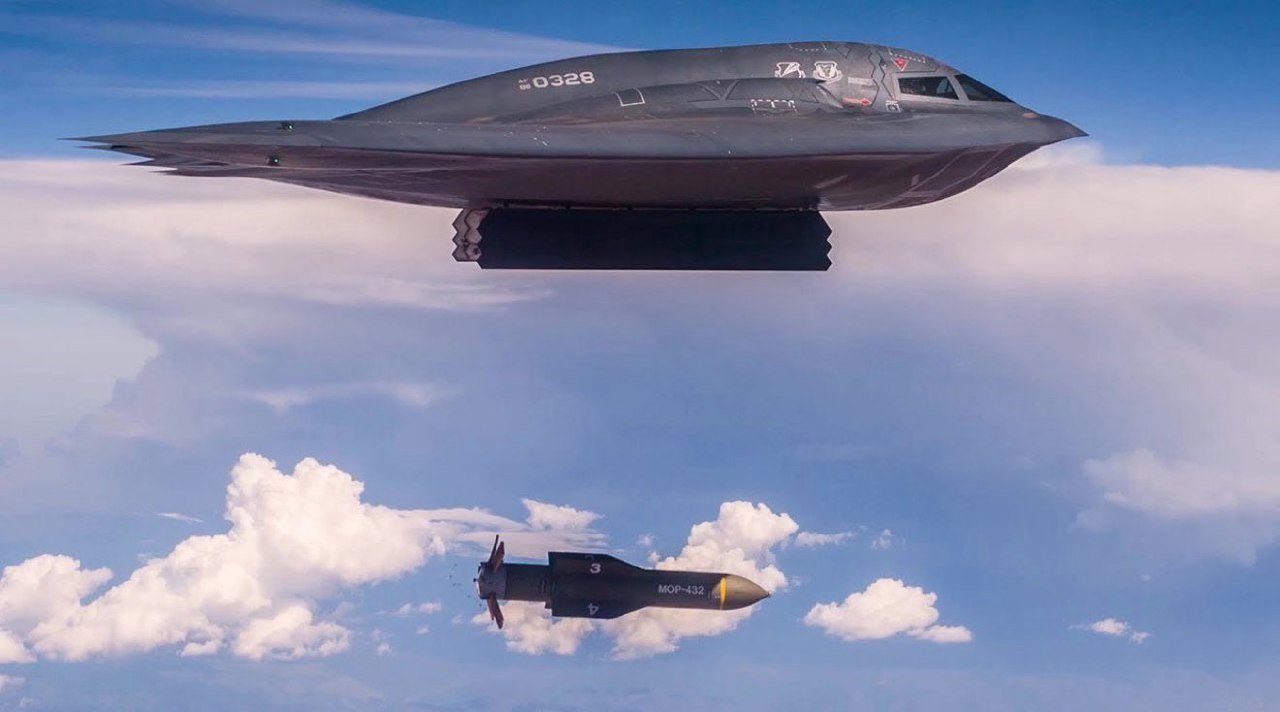
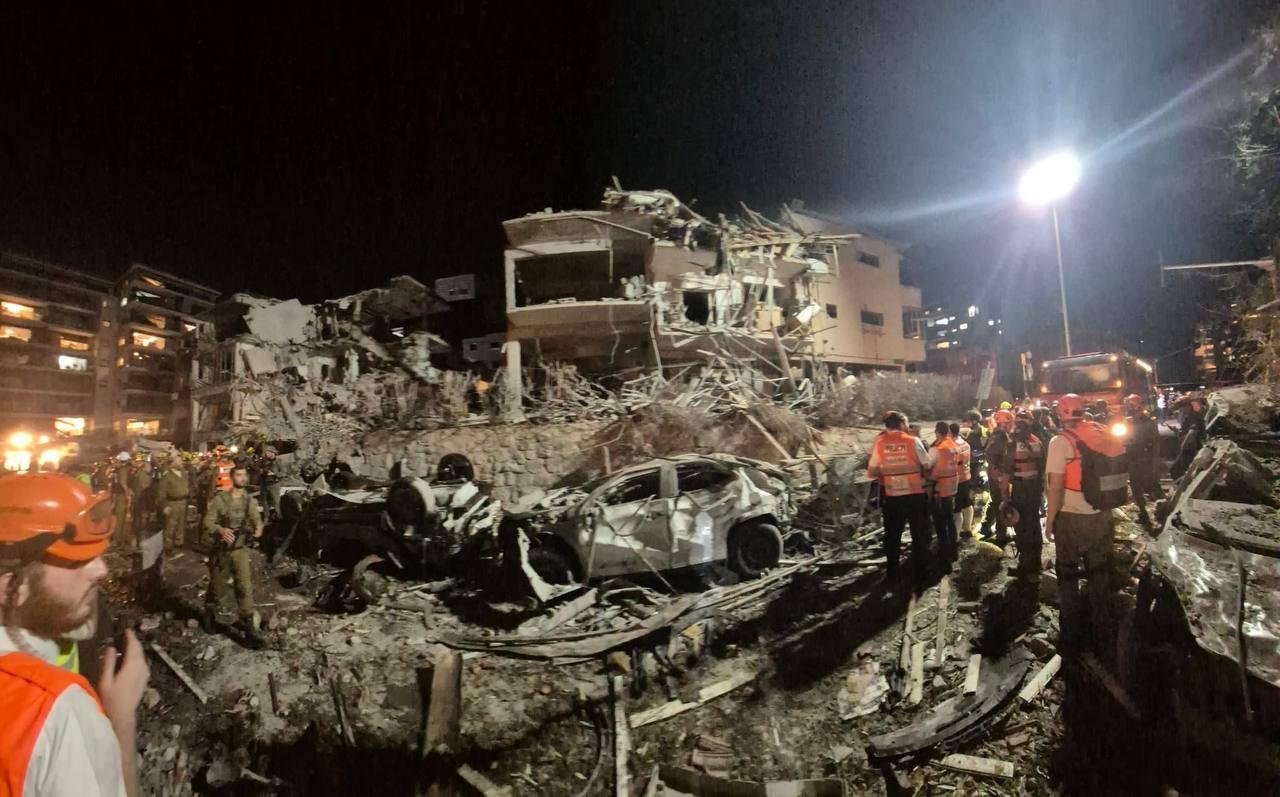
Erik Simon



